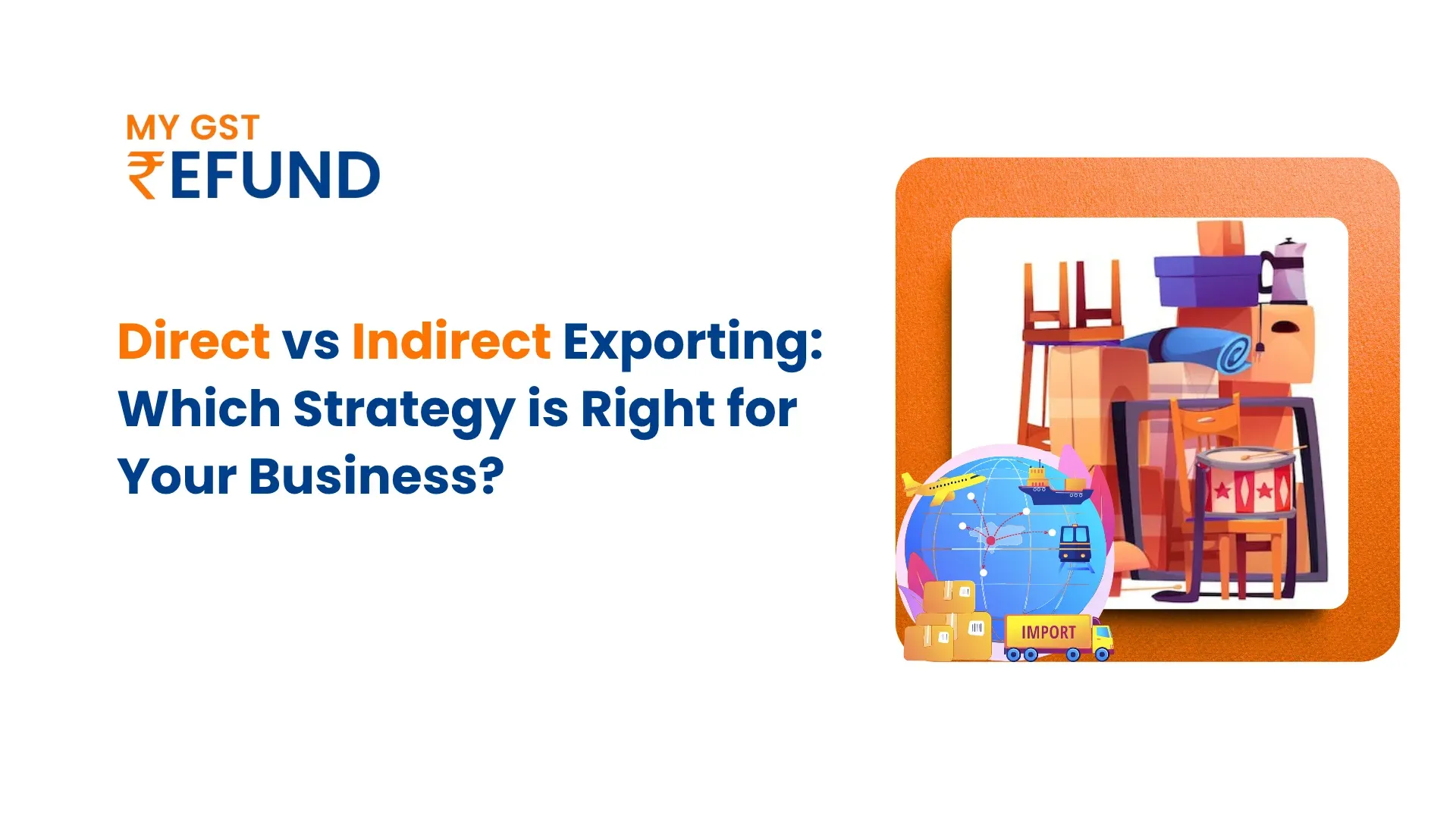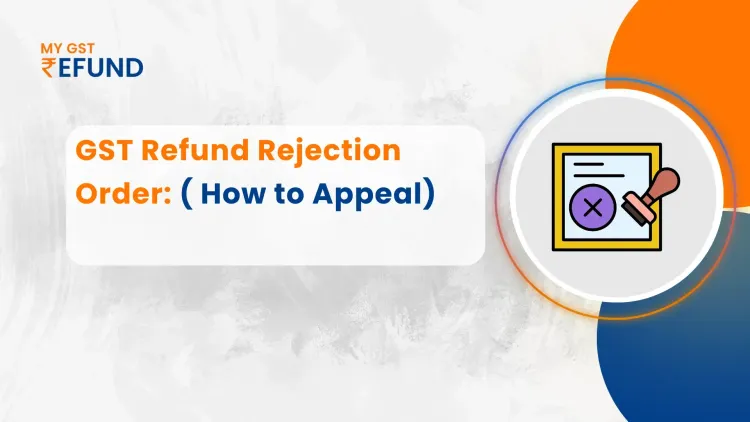Direct vs Indirect Exporting: Which Strategy is Right for Your Business?
Getting into International markets is one of the objectives of most businesses that strive to expand their operations to other countries. Nevertheless, you should decide what approach to take before starting export, either direct exporting or indirect exporting. Each of the two strategies has its advantages and difficulties, and can be suitable in relation to the size of your business, experience, and resources.
We will discuss the meaning of these two approaches, the difference between them, and which one may best suit your export adventure.
What is Direct Exporting?
Direct exporting is a process where an organisation markets its goods or services directly to customers in an overseas market without going through the middlemen. The company does everything related to the export business once the buyers are identified, including shipping, documentation, and payments.
Under this strategy, the exporter itself deals with foreign customers, distributors, or retailers. As an example, an Indian garment producer that sells clothing to a fashion retailer in the UK in a direct business contract is involved in direct exporting.
It grants the exporter complete control over the pricing, marketing, and human relations, but more time, effort, and resources are needed to create a presence in the international arena.
If you are an exporter, you may be eligible for an Export GST Refund. Connect with MYGST Refund today. “We are India’s #1 automated GST Refund platform, for expert guidance and end-to-end support”. Export compliance is made easy through our platform, and faster refunds are ensured.
Benefits of Direct Exporting.
Higher Profit Margins
This is because there are no intermediaries; hence, a business will gain the entire profit margin rather than splitting it between agents or trading companies.
Better Market Control: The exporters are in a better position to control the branding, the positioning, and the pricing strategies in the foreign market.
Direct Customer Feedback: The direct relationship with foreign customers offers good feedback that will enable the businesses to work on the quality of their products and customer satisfaction.
Stronger Brand Recognition: Direct exporting also enables the firms to build their own brand name in the foreign markets and not be under the umbrella of another company.
Long-term Growth Opportunities: The direct exporters usually acquire knowledge of the market, and this enables them to increase their operations and eventually have long-term relationships with them abroad.
Disadvantages of Direct Exporting.
High Initial Costs: When establishing an export business, one needs to invest in logistics, marketing, and adherence to international regulatory standards.
Complex Documentation: All exportation documents, shipping, and clearances are left to the exporters themselves, which is time-consuming.
Greater Risk Exposure: Direct engagement with foreign customers exposes the company to such risks as currency and non-payment, and political risks.
Resource Intensive: To be successful in direct exporting, businesses require competent employees, experience in the international market, as well as following up with the clients.
What is Indirect Exporting?
In indirect exporting, the manufacturer sells the products to a third party, either an export trading company, export house, or agent, who markets the products abroad.
Here, the mediator assumes the role of marketing, logistics, and selling the product abroad. As an example, a small handicraft Indian manufacturer can sell products to an export agent who will be dealing with transportation and sales to the European market or the US.
This model suits organizations that are new entrants in the export business or those that wish to venture into international markets with minimum investment.
The benefits of Indirect Exporting.
Low Risk and Investment: The manufacturer experiences fewer financial and operational risks since the majority of the export processes are done by intermediaries.
Easy Market Entry: It is a great means for small and medium enterprises (SMEs) to venture into foreign markets without having to know or experience the market depths.
Saves Time and Resources: All export logistics are managed by export agents or trading companies, and this means that businesses are left to concentrate on production and domestic sales.
Specialisation of Intermediaries: The intermediaries are usually well-connected and experienced in doing business with foreign customers, and they can facilitate the deal to take place.
Drawbacks of Indirect Exporting
Lower Profit Margins: Intermediaries are also paid fees or commissions, which means that the profit earned by the exporter on each sale will be less.
Limited Market Knowledge: The manufacturer will not deal directly with customers in foreign markets and, hence, will miss important market insights.
Reliance on Intermediaries: Intermediaries are critical to the sales performance and sales of the exporters in the global market, as well as the brand promotion.
Reduced Brand Visibility: The products of the exporter may also be marketed in the name of the intermediary instead of the exporter, which influences the brand retention in the long run.
When to Choose Indirect Exporting
Use of indirect exporting is best in:
- There are new exporters with less international experience.
- Small enterprises that have few financial resources and personnel.
- Companies that want to experiment with a new foreign market without making huge investments.
It is a great place to start to get used to export demand and logistics, and then proceed to direct exporting, where the company gets more control and higher profits.
Direct vs Indirect Exporting: Key Differences
Both strategies have their own advantages and disadvantages. Direct exporting provides more control and higher profits, while indirect exporting offers safety, simplicity, and faster entry into international markets.
How to Choose the Right Export Strategy
In choosing direct and indirect exporting, the businesses should consider:
Experience Level: New entrants are usually good with indirect exporting, as compared to the experienced firms with export departments, which are good with direct exporting.
Financial Capacity: Direct export involves more capital in terms of marketing, logistics, and compliance.
Market Knowledge: Direct exporting is an option when you know the target market and have contacts with the buyers; indirect exporting is a good option to begin with.
Risk Appetite: When your company has a risk-averse business, indirect exporting is a safer approach to global sales.
Long-Term Goals : Direct exporting is superior to a long-term strategy when your business is stable and compliant, and you want to have a global brand.
Conclusion
Direct exporting as well as indirect exporting are vital in international trade. The correct path would be based on the size, experience, financial capability, and risk-taking of your business.
Whereas indirect exporting would be an easier way of entering foreign markets, direct exporting guarantees control in the long term, brand development, and increased profits.
Indirect exporting is commonly the starting point of a business that wants to get exposure and then turn to direct exporting as the business becomes more assured that it can handle its business itself in a global environment.
Frequently Asked Questions (FAQs).
1. What is the difference between direct and indirect exporting?
Direct exporting entails direct sales to foreign customers, whereas in indirect exporting, you rely on the services of the intermediaries or export houses, or agents who make the international sales on your behalf.
2. What do you consider to be a direct exporter?
An example of a direct exporting company in India that sells its textile products to a European retail company without including any middlemen.
3. Is it possible to begin with indirect exporting and then go to direct?
Yes. Direct exporting comes after indirect exporting to reduce risk and experience, and when they create contacts and trust, they shift to direct exporting, where they have more control and better profits.
Related Posts







